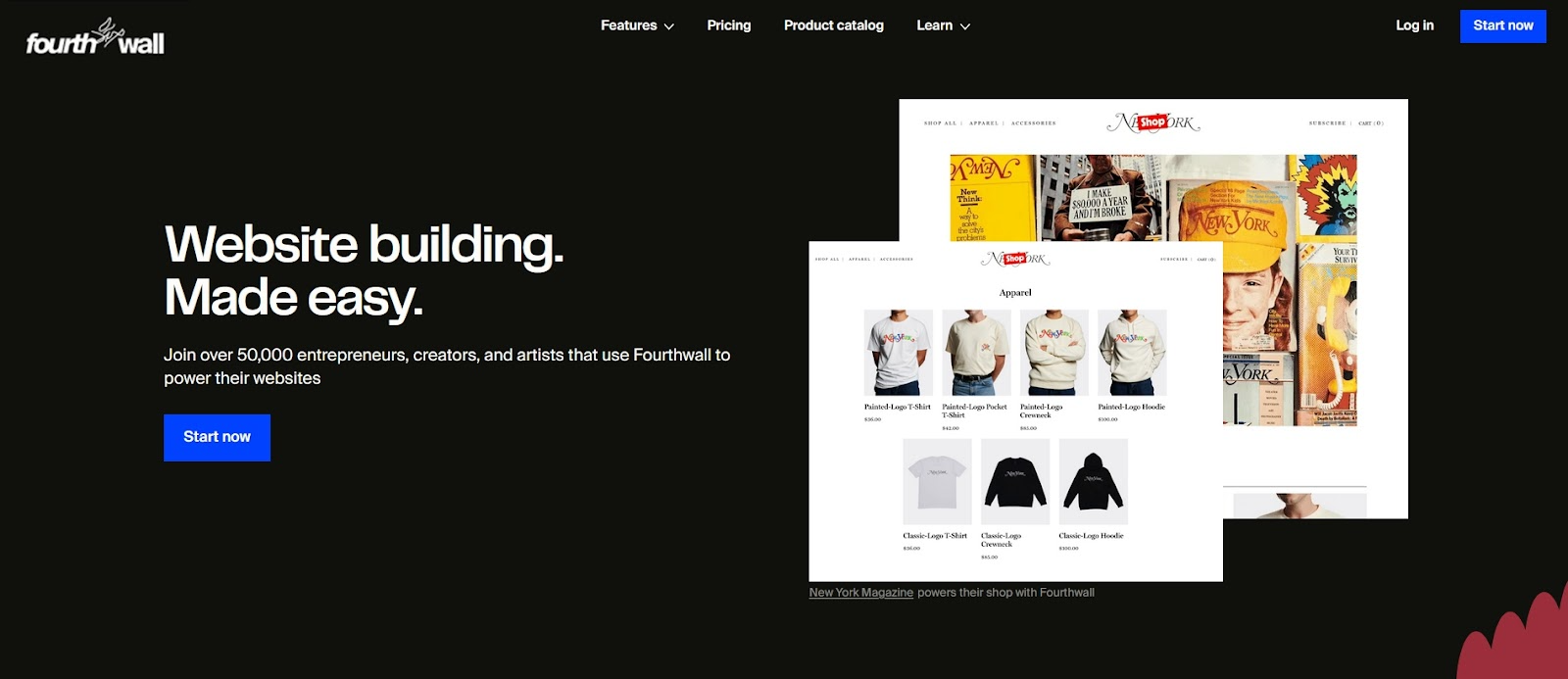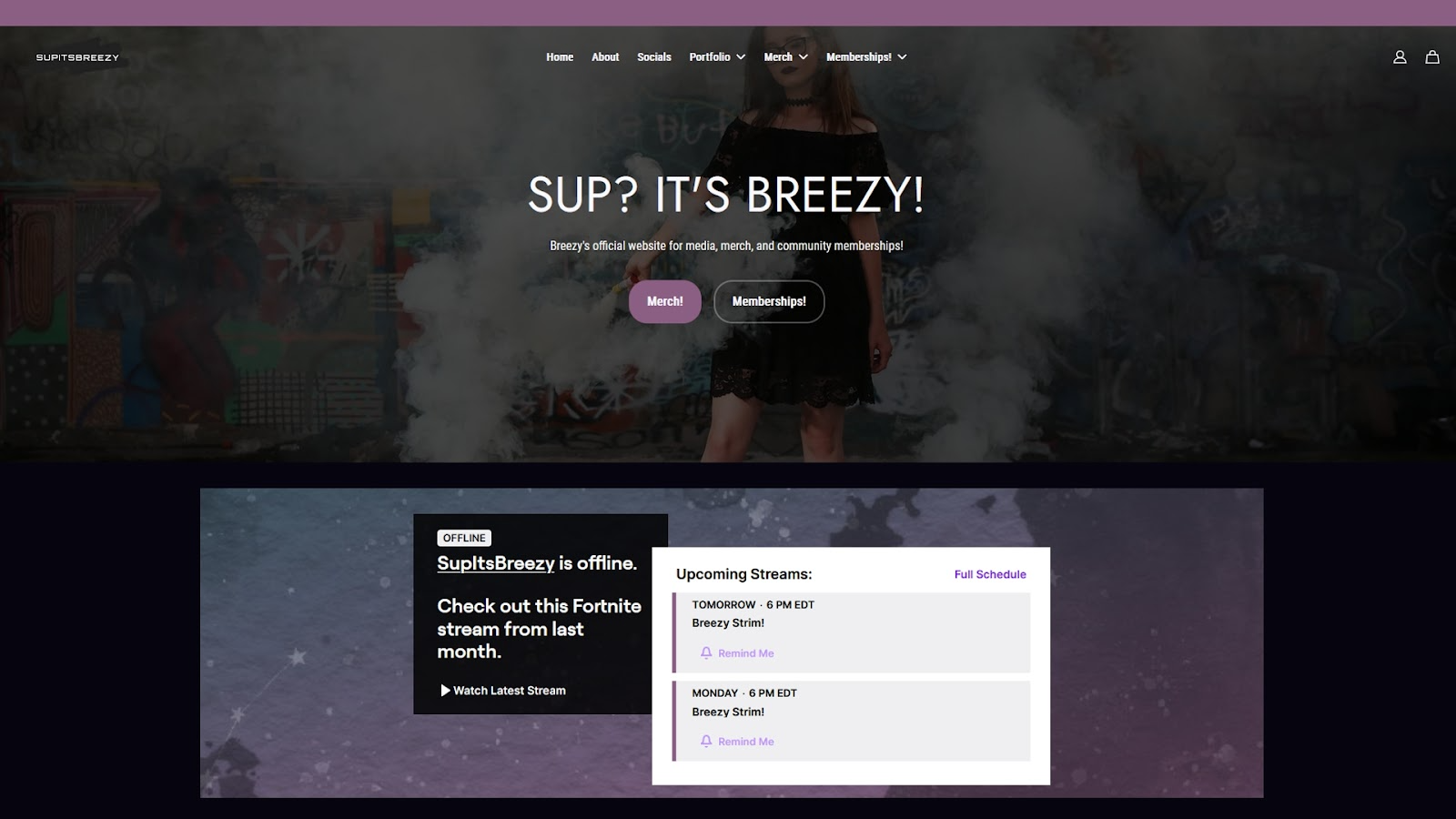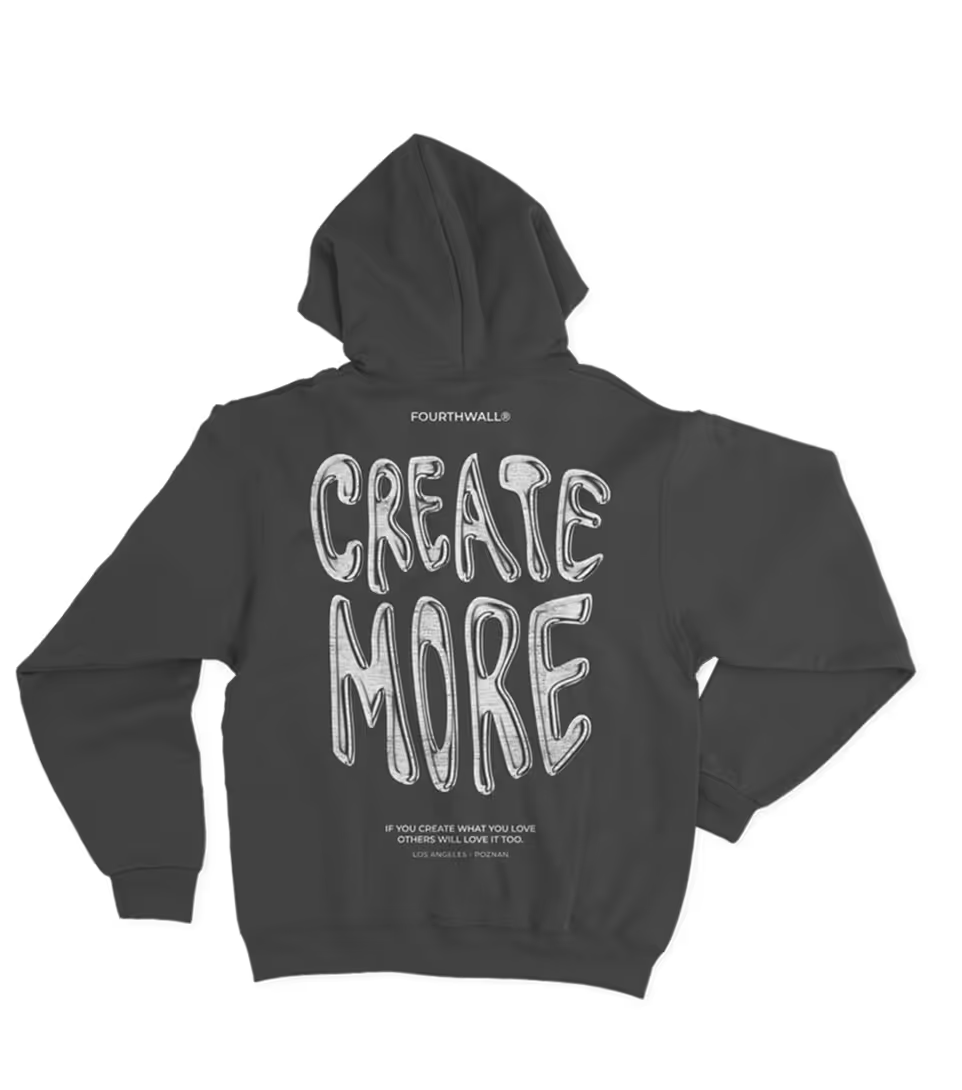Website Development: An Easy Guide For Beginners

Whether you're a content creator, influencer, musician, artist, designer, or small business owner, having a website is essential for establishing an online presence. There are several different types of website development, and some notable differences between website development and web design. Let's look at how website development works, how you can decide if you need a professional web developer or not, and dig into all of the options for creating websites that'll be perfect for your needs.
What Is Website Development?
Website development is the process of concepting, creating, designing, and building websites for online presence and functionality. It involves different stages, including brainstorming and planning; rough sketches; designing; coding; testing; and finally launching.
If you're well-versed in coding and programming languages like CSS, Python, and HTML, designing a basic website is a pretty simple task. If you have no website development skills, you don't have to necessarily learn HTML or another markup language. You can either hire a web developer to make your website vision come to life, or you can utilize other platforms and services that make it easy to customize your website without any programming knowledge. Fourthwall is a great site for this; you can use Fourthwall's no-code custom ecommerce website builder to edit your layout, content, colors, fonts, images, and more to get your site to look exactly as you want it to without needing to know how to code or program.
Types Of Website Development
From front end development to back end development, full stack development to CMS, there are different types of website development that each have their own focus and objective. Web developers use these types of development alongside tools like CSS style sheets, Ruby, Python, HTML and other markup languages to build customized websites that meet specific user needs. Here are some of the most common types:
Front End Development
Front end development, also known as client side development, refers to the visual aspects of a website that users interact with on the web browser. While back end development (which we'll talk about in a moment) focuses on data coding, front end development involves coding the web pages' visuals and interactivity. The front end web developer will create layouts and templates and ensure that the front end of the website is responsive and accessible across different devices. Front end developers use programming languages such as HTML, CSS, and JavaScript to create interactive web experiences.
Back End Development
While front end developers are busy coding the visuals, back end developers work on the server-side of the website, where all the data processing and storage activities occur. Back end developers use programming languages like Python, PHP, and Ruby to develop web applications that communicate with databases, handle transactions, and manage user sessions. Back end developers are responsible for ensuring that the server-side code (the back end) is optimized for speed, performance, and scalability.
Full Stack Development
Full stack development is probably fairly obvious after looking at front end and back end development; a full stack developer will take care of both front end and back end development. Full stack developers are web developer individuals who work with a wide range of technologies and tools; so if you hire a full stack developer to create your website, you'll generally only be dealing with one person (or a very small web development team) for the entire project, which can make communications that much smoother.
CMS
A CMS, or "Content Management System," is software or a platform that handles all of the website-building infrastructure so that you can focus solely on the design of your website. Using CMS, you can build a website from scratch without needing a web developer, or needing to know how to write code. Many CMS programs are drag-and-drop, or WYSIWYG ("what you see is what you get"), meaning that you'll use dropdowns, color pickers, and other easy tools for web design. WordPress and Wix are two examples of this; Fourthwall is another excellent choice, as you can easily design a custom Fourthwall site using Fourthwall's in-house website builder to be your "web developer" and do all the heavy lifting for you.

Mobile Web
Mobile app web developers focus on creating web applications that can only be used on mobile devices like phones and tablets. These web developers are typically responsible for designing, developing, coding, and testing mobile apps before they're released for sale/download. Developing a mobile website can be very different from a standard site, due to space constraints and a different type of interactivity with mobile devices. You can keep things simple without having to hire a web developer by choosing a platform like Fourthwall to create your mobile app; a personalized, great looking mobile app based on your Fourthwall website is included for all Fourthwall creators.
Website Development vs. Web Design
Website development and web design are two terms that are often used interchangeably. However, they are two distinct processes. Website development focuses on the technical aspects of website creation and maintenance, from coding via languages like Python, HTML and CSS to creating templates and menus that make the website function; while web design focuses on the visual and UX (user experience) aspects of a website.
Web developers work with coding, testing, and creating the website's underlying technology, ensuring that everything operates on the technical side as it should.
Web designers are responsible for creating website layouts, choosing color schemes and images, selecting typography, designing menu images, and shaping a website's overall look and feel.
The 8 Steps of Your Website Development Process
From inception to completion, let's check out the eight steps needed to design and launch your website:
Defining
The first step is deciding what you want to achieve with your website and identifying your target audience. This will, in turn, influence decisions about things like website content (what you want your website to be about or to promote); web design, including color choices and decisions on visuals like menu graphics and photography; interactivity (how you want your visitors to be able to interact with your site); and overall design.
Planning
After determining your website content/design goals and target audience, planning and site structuring are the next steps. This involves sketching out the different desired sections of your website; creating a sitemap to determine how each section/page will flow back and forth from the others; and deciding on the website's overall layout.
Navigation
The design step involves creating an aesthetically pleasing and intuitive UI (user interface) that aligns with the website's goals and target audience. Whether your site is there to promote your work as a content creator, sell merch/products, share information, entertain, or all of the above, the website should be easy to navigate, and the UX should be positive and enjoyable.
Content
Creating content is not just about writing text for your site; it also includes creating images, infographics, menu graphics, videos, and any other media. Make sure to keep your web design and your content aligned with your website's target audience and goals, and keep your branding, theme, and color palette consistent and complementary throughout the entire site.

Coding
Coding is the most technical aspect of website development. This stage involves turning the design into actual working code (like HTML and CSS), creating database structures, and building overall functionality. The code basically tells the website how to look and how to react when users interact with the site. This can be achieved by hiring a back end developer, or by using a CMS platform to design the site yourself.
Testing
Once the coding is complete, testing and refinement will ensure that the website works correctly before you release it to the general public. This includes making sure that pages load quickly, links and menus work well, and the site visually matches your initial concept and planning stages.
Launching!
After testing, it's time to launch your website! The launch date is often chosen with the website's goals in mind, to coincide with a special event or to be "open" before a specific date. This is the time to hype your existing fans, followers, or customers to come see your new website venture!
Maintenance
After your website is live, it's essential to maintain it, keeping an eye on its functionality and making sure to fix any bugs that arise. And keeping your website consistently fresh with plenty of new content will keep your visitors returning!
Tips and Tricks for Website Development
Focus on Simplicity
Simplicity is key in website development; your website should be easy for your users to view, understand, and navigate. Keep the design clean and straightforward, finding creative ways to keep it entertaining and informative while avoiding an overload of unnecessary design elements that can slow down loading times. If you're trying to share a lot of different pursuits on your website (for instance, content creation, gaming, merch, a blog, and videos), make sure to have separate sections or pages for each type of content complete with anchor tags, so people can browse through and easily find what they're looking for.

Optimize for Searches
Search engines are the primary way that people not already in your fandom can find your website online. To ensure your website ranks high on search engines like Google, it's crucial to optimize your website for search engines through implementing SEO (Search Engine Optimization.) Techniques like adding relevant keywords/phrases (without keyword stuffing), improving website loading times, staying on top of your backlinks, and keeping an eye on your analytics to make appropriate site adjustments could help bump up your website's ranking in search results.
Keep Mobile in Mind
Mobile devices account for over half of all internet traffic. Therefore, it's crucial to optimize your website for mobile devices. Having a mobile-first design means the website is designed with mobile devices in mind, resulting in a better user experience for people on mobile devices in terms of readability, navigation, and ease of use. You can either adjust your existing desktop site to scale properly on mobile devices, or develop a completely separate mobile app site.
Develop Your Website With Fourthwall!
Developing your own website is made much simpler with Fourthwall, which provides you with their own website builder so you can easily create a unique and personalized website. Customizing your website with branding, colors, layouts, and functionalities - without requiring any coding or technical knowledge - is a hassle-free experience on Fourthwall.You can also seamlessly integrate features like merch shops and ecommerce integrations, memberships, videos, socials, and donation buttons directly into your site. Fourthwall makes website development easy, effective, and rewarding for all creators, so you can treat your fans to maximum website enjoyment. Get started today!
















